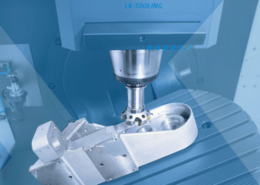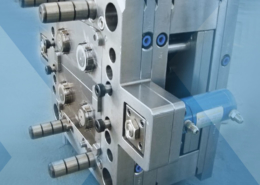
Exploring the Versatility of Heat Molded Plastic
Author:gly Date: 2024-06-08
Introducing readers to the world of heat molded plastic promises a journey through innovation and practicality. This process, born out of the necessity for efficient fabrication of plastic components, has grown into a cornerstone of numerous industries. In this article, we delve into the intricacies of heat molded plastic, unraveling its applications, advantages, challenges, and future prospects.
The Fundamentals
At its core, heat molded plastic involves the application of heat to thermoplastic materials to render them malleable, followed by shaping within a mold to achieve the desired form. Unlike thermosetting plastics, which undergo irreversible chemical changes upon heating, thermoplastics soften upon heating and solidify upon cooling, enabling them to be reshaped multiple times. This inherent property makes them ideal candidates for heat molding processes, offering versatility and ease of fabrication.
The process typically begins with the selection of suitable thermoplastic materials, chosen based on factors such as mechanical properties, temperature resistance, and cost-effectiveness. These materials, often in the form of pellets or sheets, are heated to their specific processing temperature, usually above their glass transition temperature but below their melting point. Once in a pliable state, they are formed into the desired shape within a mold cavity, either through pressure, vacuum, or a combination of both. Upon cooling, the plastic solidifies, retaining the shape imparted by the mold.
Applications
The applications of heat molded plastic span a multitude of industries, owing to its versatility, cost-effectiveness, and scalability. In the automotive sector, it finds extensive use in the production of interior trims, dashboards, and exterior panels, where lightweight yet durable components are paramount. Similarly, in consumer goods manufacturing, it facilitates the fabrication of household appliances, electronic enclosures, and packaging materials. Its ability to realize complex geometries and intricate details makes it a preferred choice in the production of medical devices, toys, and industrial components.
Beyond traditional applications, heat molded plastic plays a crucial role in emerging fields such as additive manufacturing and sustainable design. In the realm of 3D printing, thermoplastic materials serve as the feedstock for fused deposition modeling (FDM) and selective laser sintering (SLS) processes, enabling rapid prototyping and customized production. Moreover, the emphasis on sustainability has spurred research into bio-based plastics, recycled materials, and closed-loop manufacturing processes, reshaping the landscape of heat molded plastic towards a greener, more environmentally conscious future.
Advantages and Challenges
The adoption of heat molded plastic offers a myriad of advantages, including design flexibility, rapid prototyping, and cost efficiency. Its ability to accommodate intricate shapes and complex geometries allows for the realization of innovative product designs with minimal tooling investment. Furthermore, the rapid cycle times associated with heat molding enable swift iteration and refinement during the product development phase, reducing time-to-market and overall project costs.
However, the process is not without its challenges. Achieving uniformity and consistency in product quality across large production runs can be hindered by variations in material properties, processing parameters, and mold design. Moreover, the reliance on fossil fuel-derived thermoplastics raises concerns regarding environmental sustainability and carbon footprint. Addressing these challenges requires a holistic approach, encompassing material science, process optimization, and sustainable manufacturing practices.
Future Directions
Looking ahead, the future of heat molded plastic holds promise for further innovation and advancement. The convergence of digital technologies, such as artificial intelligence and machine learning, with traditional manufacturing processes offers opportunities for predictive modeling, real-time monitoring, and adaptive control. By leveraging data-driven insights, manufacturers can optimize process parameters, minimize defects, and enhance product quality, thereby unlocking new frontiers in efficiency and productivity.
Furthermore, the pursuit of sustainable materials and circular economy principles drives research into bio-based polymers, biodegradable additives, and closed-loop recycling systems. Embracing these initiatives not only reduces reliance on finite resources but also mitigates environmental impact and fosters a more resilient, regenerative manufacturing ecosystem. By aligning technological innovation with environmental stewardship, the realm of heat molded plastic charts a course towards a more sustainable and prosperous future.
In conclusion, heat molded plastic stands as a testament to human ingenuity and engineering excellence, serving as a linchpin of modern manufacturing across diverse industries. Its evolution from a rudimentary process to a sophisticated technology underscores its enduring relevance and adaptability in an ever-changing landscape. By addressing challenges, harnessing opportunities, and embracing sustainable practices, the realm of heat molded plastic continues to redefine the boundaries of possibility, poised for a future defined by innovation, sustainability, and shared prosperity.
GETTING A QUOTE WITH LK-MOULD IS FREE AND SIMPLE.
FIND MORE OF OUR SERVICES:

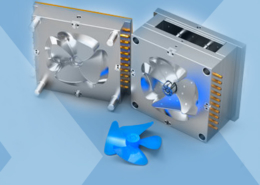
Plastic Molding
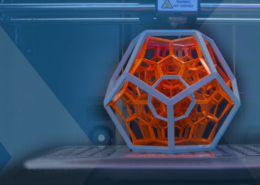
Rapid Prototyping
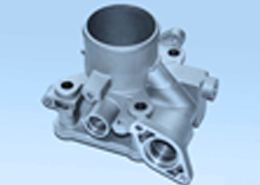
Pressure Die Casting
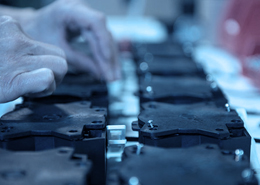
Parts Assembly
